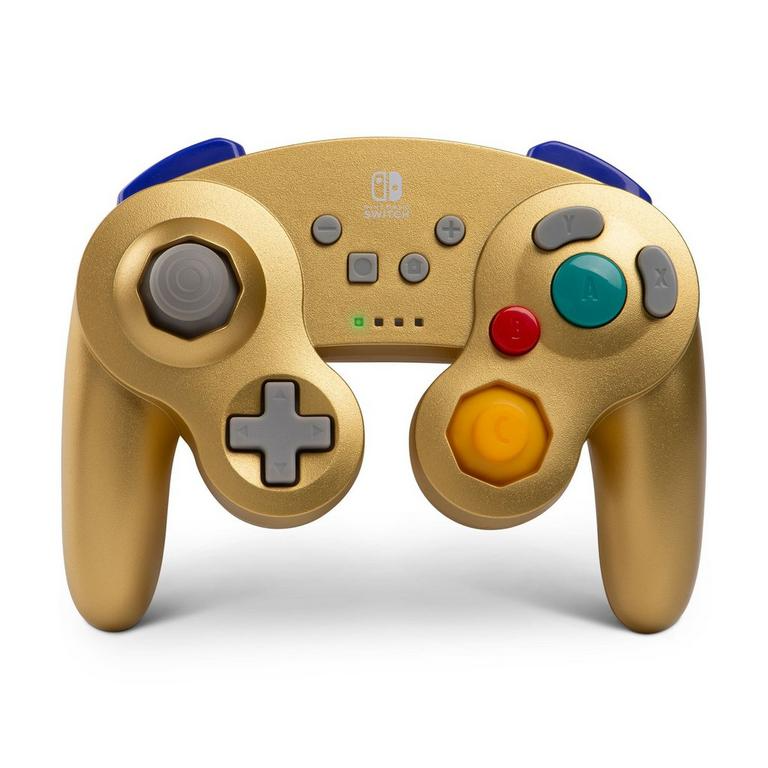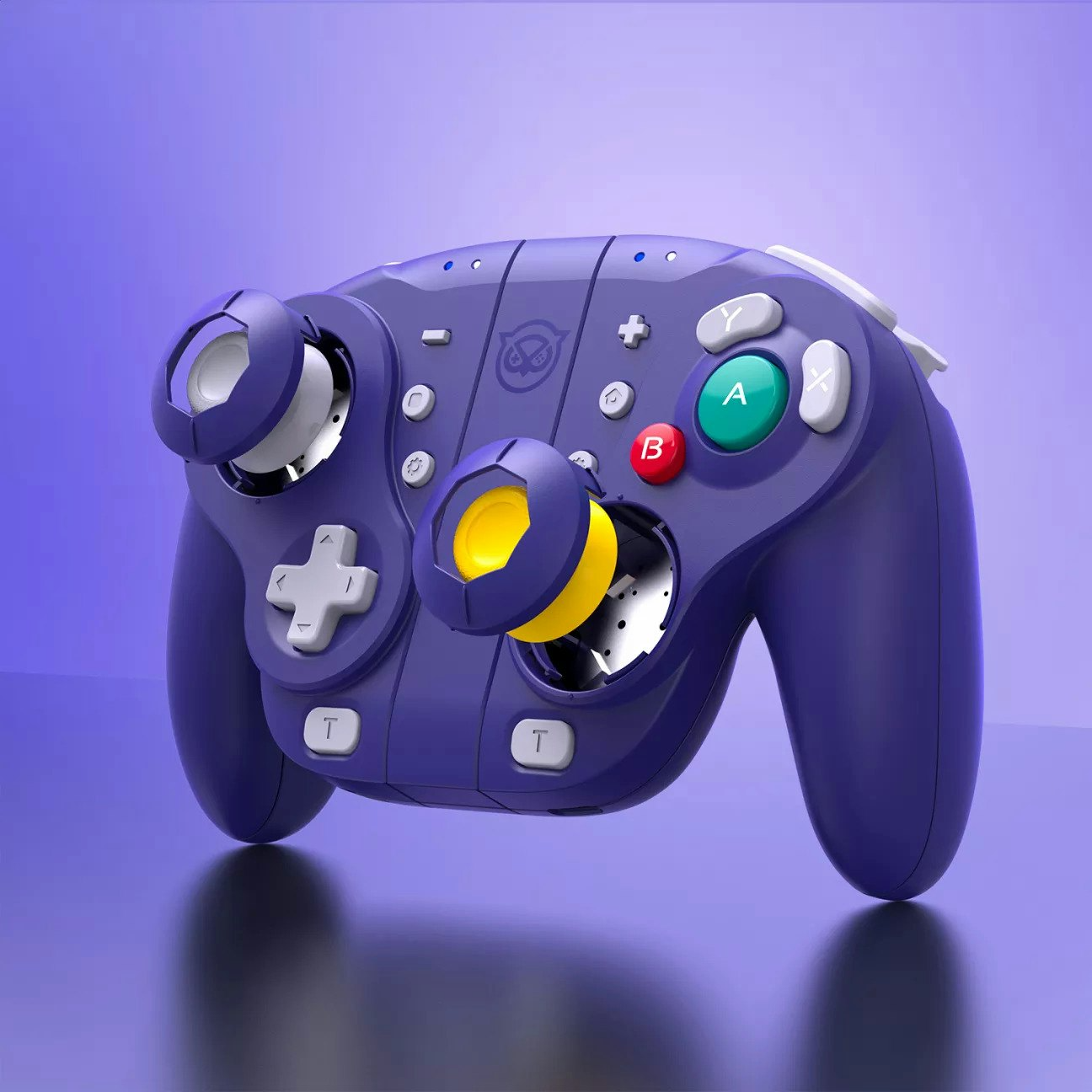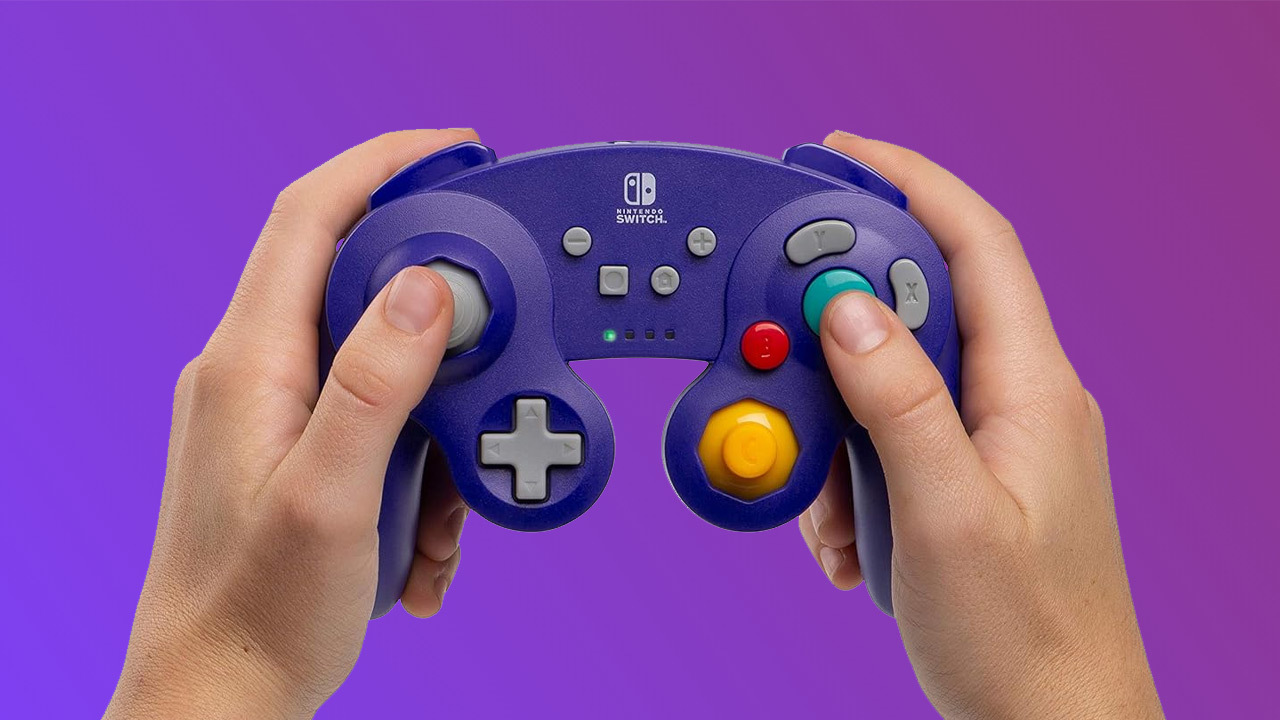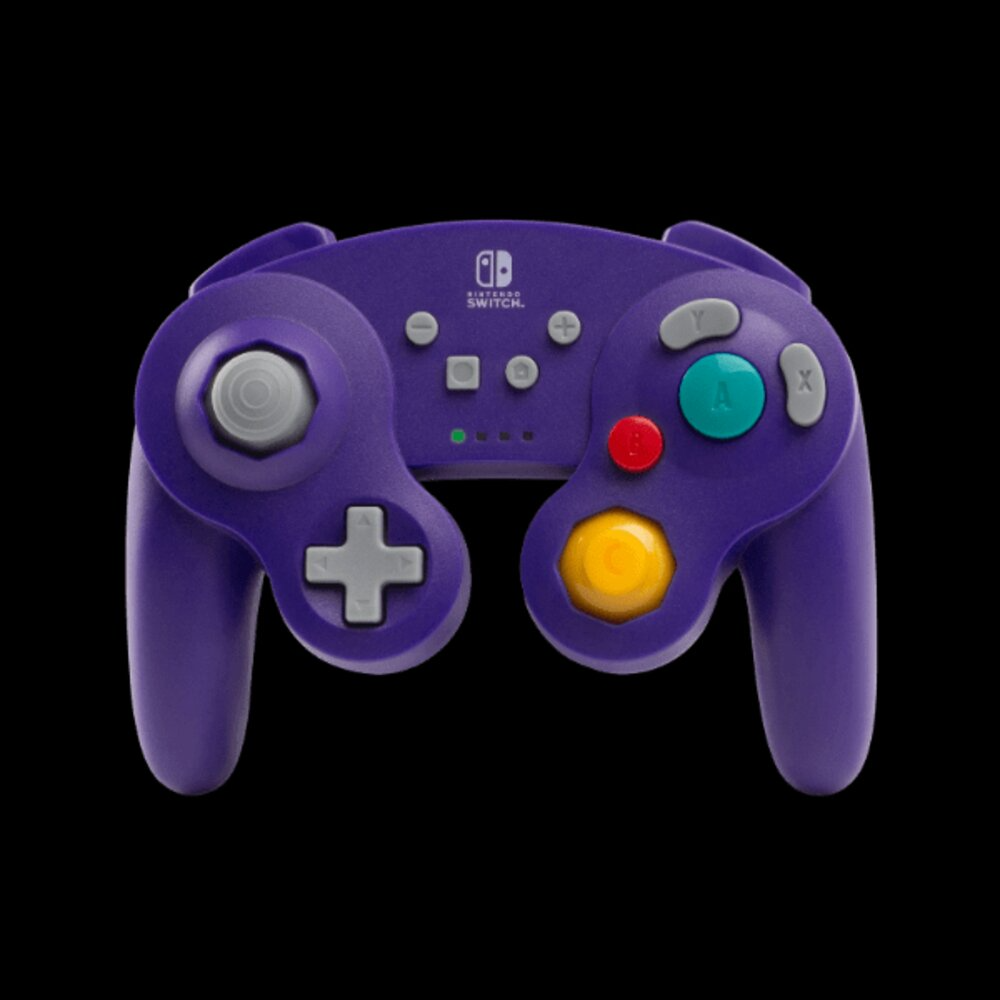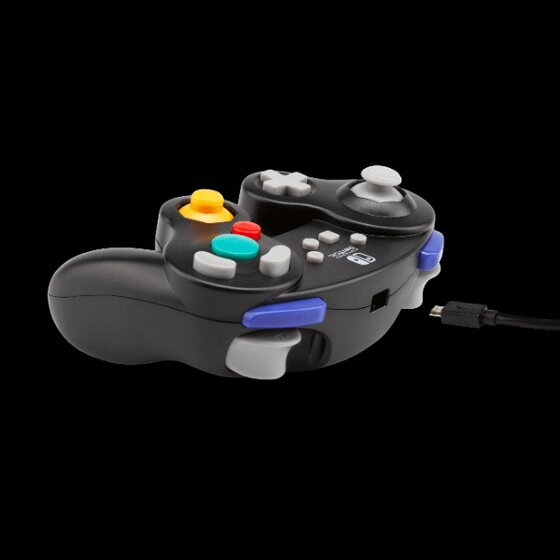In the realm of gaming, few controllers hold as much sentimental value as Nintendo’s GameCube controller. With its distinctive shape, ergonomic design, and those signature triggers, it has earned a special place in the hearts of gamers worldwide. When Nintendo announced compatibility with GameCube controllers on the Switch console, fans rejoiced at the chance to relive classic gaming moments with a modern twist. This comprehensive dive explores the integration, functionality, nostalgia factor, and the impact of this iconic controller on the Nintendo Switch experience.
Embracing the Past: Compatibility and Connectivity
A Bridge Between Generations
Nintendo Switch’s compatibility with GameCube controllers isn’t just a nod to nostalgia; it’s a strategic move to merge the old with the new. By enabling players to use their beloved GameCube controllers on the Switch, Nintendo has opened the door for a seamless transition between classic games and contemporary titles. This compatibility is particularly celebrated by fans of retro gaming and fighting games, where the controller’s design shines.
Connecting the Dots
Connecting a GameCube controller to the Nintendo Switch requires the use of a USB adapter, specifically the Nintendo Switch GameCube Controller Adapter. This adapter, which supports up to four controllers, connects to the console’s USB port, allowing players to enjoy multiplayer sessions reminiscent of the early 2000s. The setup process is straightforward, ensuring that even gamers unfamiliar with the original hardware can quickly get into the action.
The Ergonomic Advantage: Design and Comfort
Familiarity Breeds Mastery
One of the key reasons behind the GameCube controller’s enduring popularity lies in its ergonomic design. Its unique button layout, with the large A button, smaller B button, and the Y and X buttons forming a diamond pattern, has been praised for its intuitive feel. The C-stick, a miniature analog stick replacing the traditional D-pad, offers nuanced control in games like Super Smash Bros., making it a favorite among competitive players.
Comfort for Extended Sessions
The controller’s compact size and comfortable grip cater to extended gaming sessions without causing hand fatigue. The handles are contoured to fit naturally into a player’s palms, while the placement of buttons and triggers minimizes strain, even during intense gameplay. For many gamers, the GameCube controller feels like a natural extension of their hands, enhancing immersion and gameplay performance.
Nostalgia Meets Innovation
Classic Games Revisited
The integration of GameCube controllers on the Nintendo Switch isn’t just about playing new games; it’s also about revisiting classics with a controller that defined an era. Titles like Super Mario Sunshine, Luigi’s Mansion, and The Legend of Zelda: Wind Waker HD have been re-released on the Switch, allowing players to experience these gems with the controller they grew up with. This fusion of classic input and modern visuals creates a unique blend of nostalgia and technological advancement.
Competitive Edge in Fighting Games
The GameCube controller’s design has made it a preferred choice among professional and casual players alike in games like Super Smash Bros. Ultimate. Its precise control and responsive buttons offer an edge in split-second decision-making crucial for high-level play. Nintendo’s acknowledgment of this preference by supporting the controller on the Switch platform underscores its commitment to catering to its dedicated fanbase.
Impact on Gaming Culture
The introduction of the Nintendo Switch GameCube controller had a notable impact on gaming culture, particularly among fans of classic Nintendo games and competitive gamers. Here’s how:
Nostalgia Factor
The GameCube controller is cherished by many gamers for its unique design and the memories associated with playing iconic GameCube titles like Super Smash Bros. Melee, which is considered by some to be one of the best fighting games ever made. By making GameCube-style controllers available for the Nintendo Switch, Nintendo tapped into this nostalgia, allowing fans to relive their favorite gaming experiences with a familiar controller on a modern console.
Competitive Scene Boost
The GameCube controller is highly going to regard in the competitive Smash Bros. community due to its layout and the precision it offers, especially for advanced techniques like wavedashing and L-canceling. Its availability for the Nintendo Switch meant that professional and competitive players could continue using their preferred controller when playing Super Smash Bros. Ultimate, further legitimizing the Switch as a platform for competitive gaming and maintaining continuity within the competitive scene.
Inclusivity and Accessibility
While catering to nostalgic and competitive gamers, the option to use a GameCube controller also widened the accessibility of the Switch platform. Players who have honed their skills on the GameCube controller over years didn’t need to adjust to a new control scheme, ensuring they could enjoy the latest games without a learning curve associated with a new controller.
Revival of Classic Titles
The compatibility of the GameCube controller with the Switch encouraged Nintendo to bring more classic titles to the console through services like the Nintendo Switch Online’s Expansion Pack, which includes access to GameCube games. This not only satisfied the cravings of retro gamers but also introduced a new generation of players to these classics, preserving and revitalizing interest in older games.
Community Engagement
The release of the GameCube controller for the Switch sparked discussions and excitement within the gaming community. Online forums, social media, and gaming events were abuzz with discussions about the controller’s performance, compatibility, and the nostalgia it evokes. This engagement helped strengthen the bond between Nintendo and its fans and fostered a sense of community around shared gaming experiences.
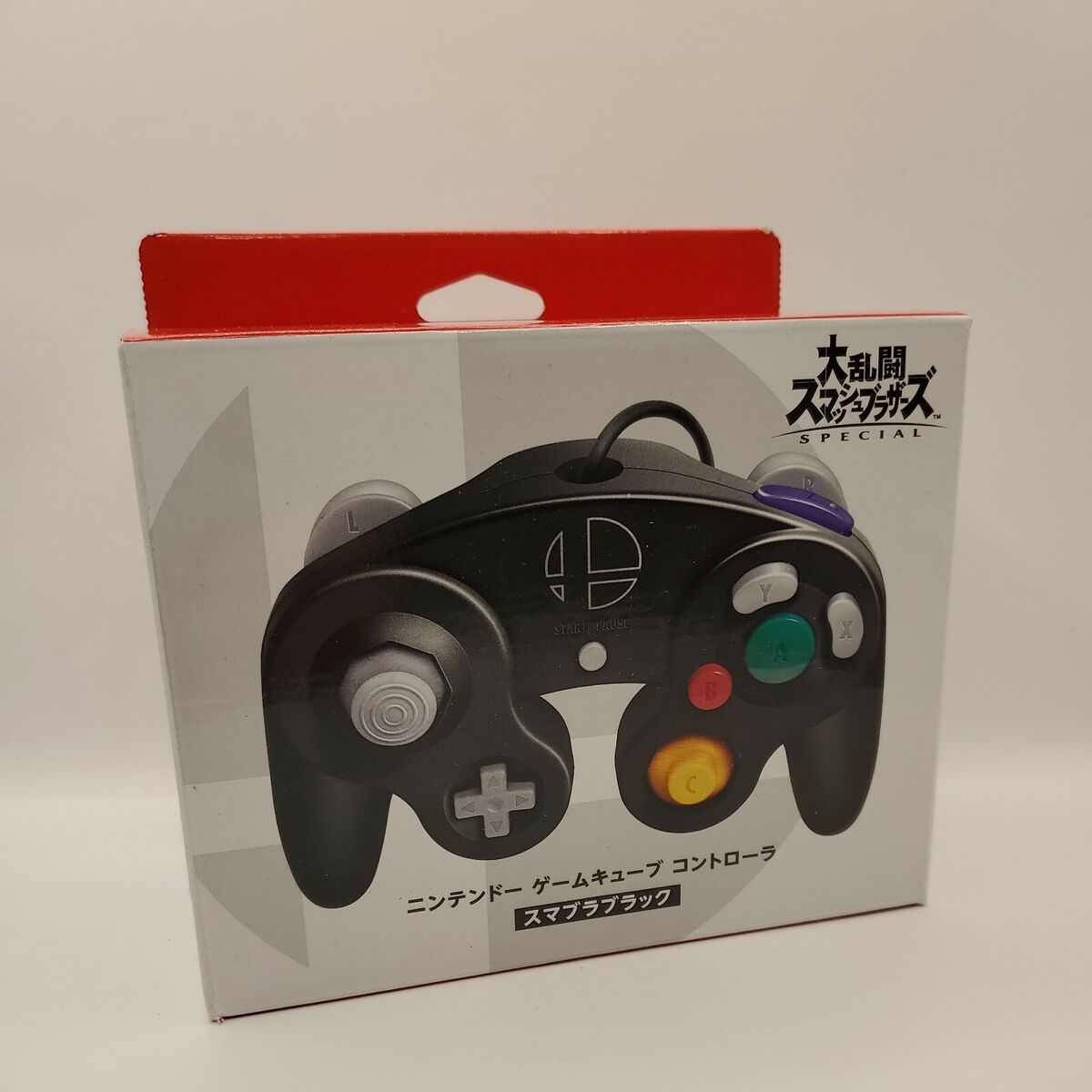
In summary, the Nintendo Switch GameCube controller integration served as a bridge between the past and present, satisfying nostalgic gamers, enhancing the competitive scene, promoting inclusivity, reviving classic games, and fostering community engagement. It stands as an example of how thoughtful hardware decisions can positively influence gaming culture.
Conclusion: A Timeless Icon Reinvented
The Nintendo Switch’s embrace of the GameCube controller is a testament to the enduring appeal of well-designed gaming peripherals. More than just a controller, it represents a connection to gaming’s past, a symbol of nostalgia, and a tool for modern gaming excellence. Its integration has breathed new life into classic titles, enhanced the competitive scene, and fostered a vibrant community of enthusiasts who cherish the unique blend of tradition and innovation it brings to the Nintendo Switch platform. As gaming continues to evolve, the GameCube controller stands as a reminder that sometimes, the best way forward is by embracing what has come before.
